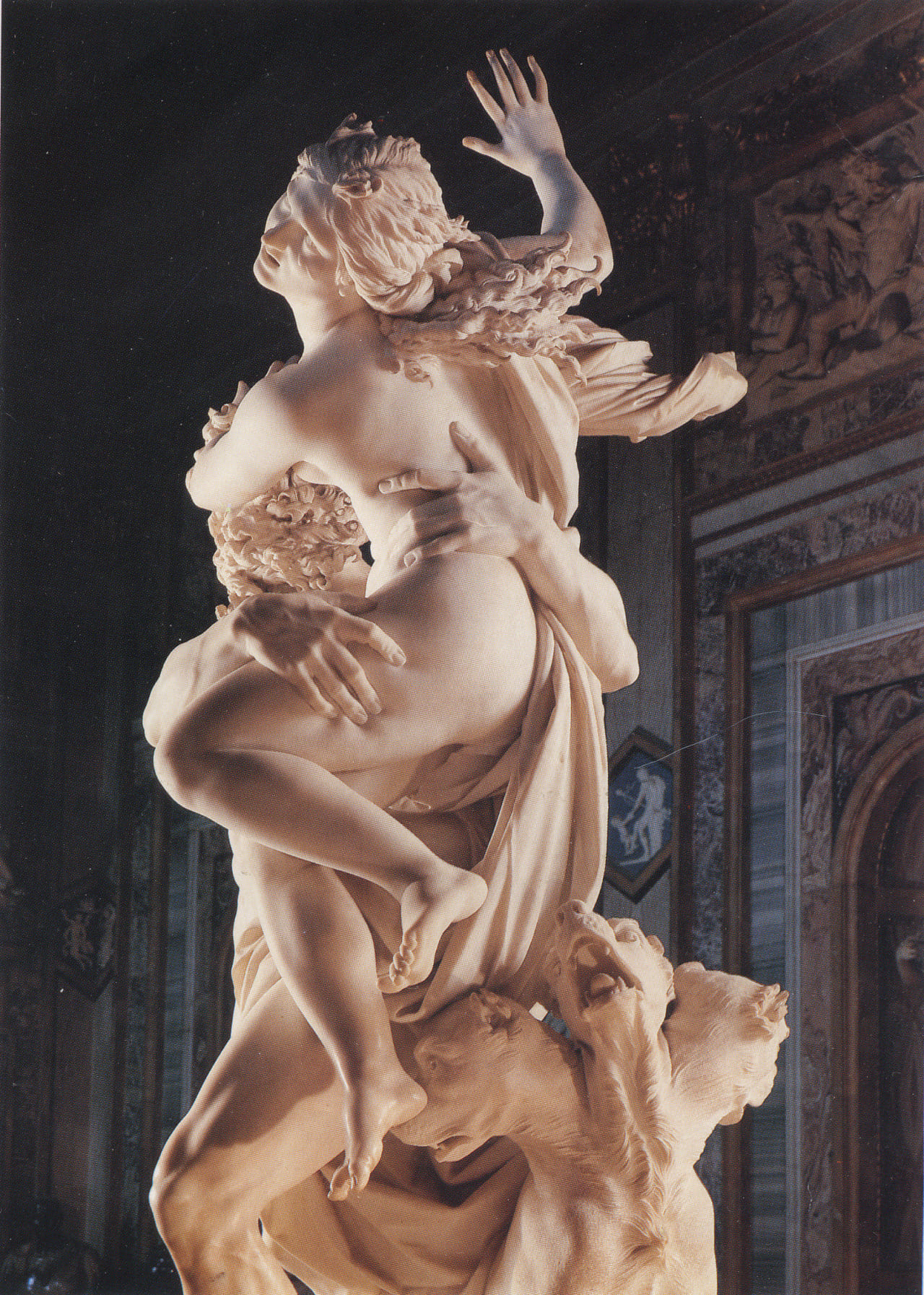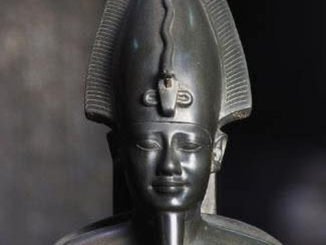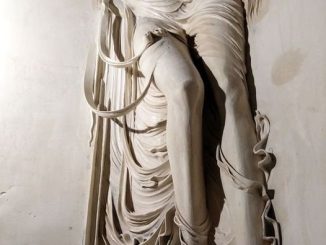
Gian Lorenzo Bernini, one of the most renowned sculptors of the Baroque period, created masterpieces that continue to captivate viewers centuries after their creation. Among his most celebrated works is “The Rape of Proserpina,” a marble sculpture completed in 1622. This stunning piece, housed in the Borghese Gallery in Rome, portrays the mythological abduction of Proserpina, daughter of the goddess Ceres, by Pluto, the god of the underworld. In this blog post, we’ll delve into the intricate details of Bernini’s masterpiece, exploring its artistic brilliance and the enduring impact it has had on art lovers worldwide.
Exploring the Masterpiece
- The Story Behind the Sculpture: “The Rape of Proserpina” depicts a pivotal moment from Roman mythology, capturing the intense drama of Proserpina’s abduction. According to the myth, Pluto becomes enamored with Proserpina’s beauty and seizes her while she is picking flowers in a meadow. Bernini’s sculpture freezes this moment in time, showcasing Pluto’s powerful grasp on the struggling Proserpina as he carries her away to the underworld. The tension and emotion conveyed in the sculpture’s composition are characteristic of Bernini’s dynamic and theatrical style.
- Dynamic Composition and Technique: Bernini’s mastery of marble sculpture is evident in “The Rape of Proserpina,” particularly in his ability to convey movement and emotion with remarkable realism. The twisting forms of Pluto and Proserpina create a sense of dynamism, as if the figures are caught in a moment of violent struggle. Bernini’s meticulous attention to detail, from the intricate drapery of Proserpina’s garments to the sinewy muscles of Pluto’s body, showcases his technical prowess and artistic vision. The play of light and shadow on the marble surface further enhances the dramatic effect, imbuing the sculpture with a sense of lifelike vitality.
- Symbolism and Interpretation: Beyond its artistic brilliance, “The Rape of Proserpina” invites viewers to contemplate deeper themes of power, desire, and the inevitability of fate. Some interpretations suggest that Bernini intended the sculpture to serve as a metaphor for the transience of beauty and the fleeting nature of earthly pleasures. Others view it as a commentary on the complexities of human relationships and the struggle between the forces of love and death. Regardless of interpretation, “The Rape of Proserpina” continues to provoke thought and discussion, inviting viewers to explore the layers of meaning embedded within its sculpted form.
- Legacy and Influence: Bernini’s “The Rape of Proserpina” remains a highlight of the Baroque era, revered for its technical virtuosity and emotional intensity. Its impact on subsequent generations of artists is undeniable, inspiring countless interpretations and adaptations across various artistic mediums. The sculpture’s enduring relevance speaks to the universal themes it explores, ensuring its place as a timeless masterpiece in the annals of art history.
Reflecting on Bernini’s Masterpiece
In conclusion, Gian Lorenzo Bernini’s “The Rape of Proserpina” stands as a testament to the artist’s extraordinary talent and enduring legacy. Through its dynamic composition, technical brilliance, and rich symbolism, the sculpture continues to captivate audiences and provoke thought centuries after its creation. As we marvel at Bernini’s masterpiece, we are reminded of the power of art to transcend time and speak to the universal truths of the human experience.


